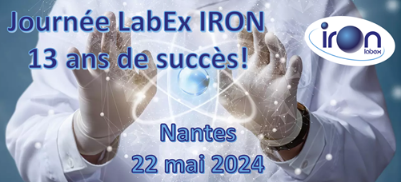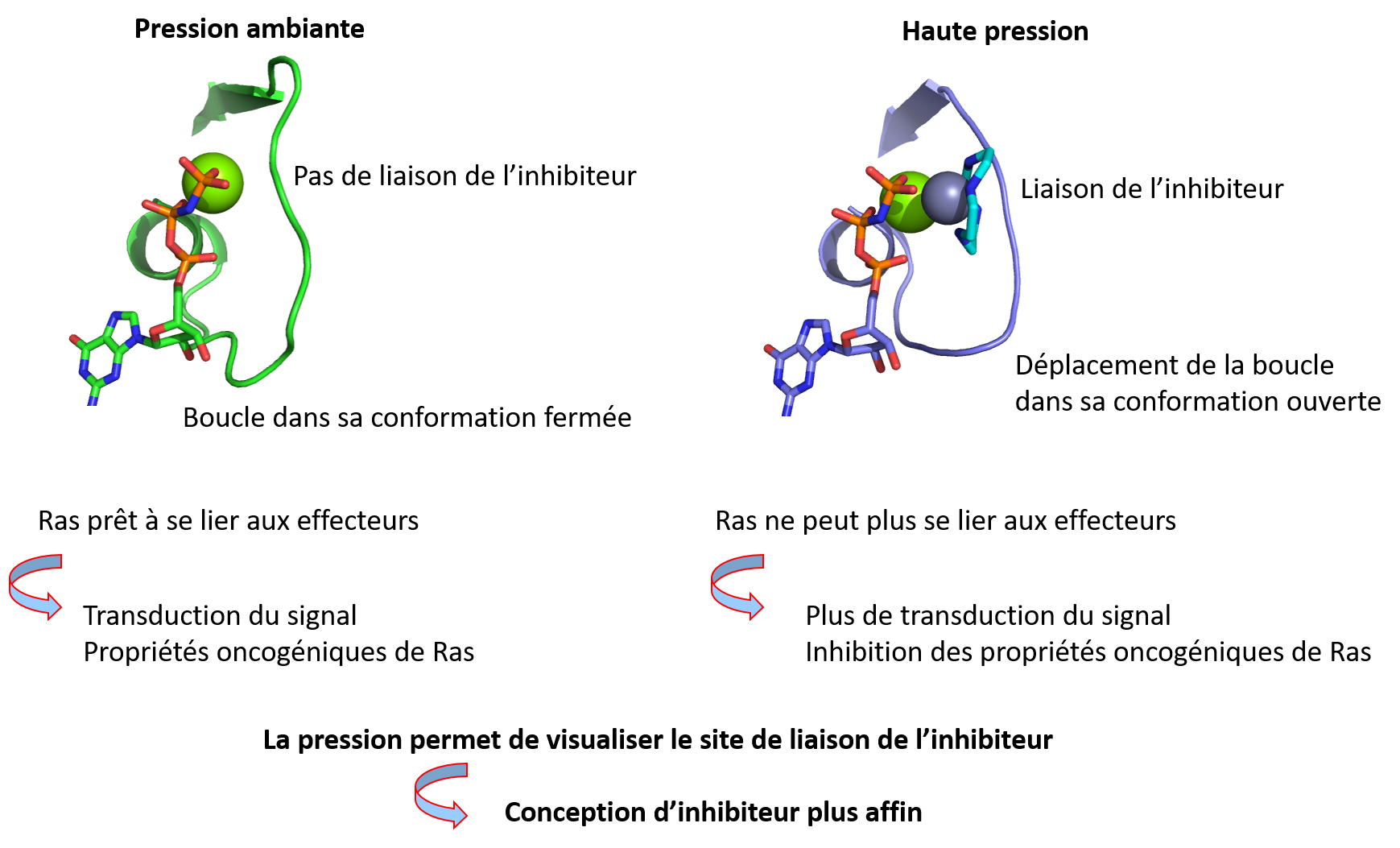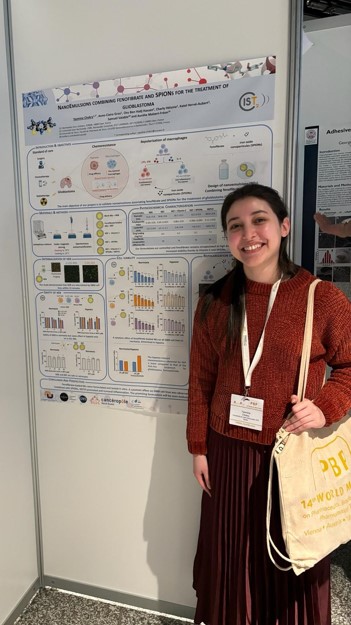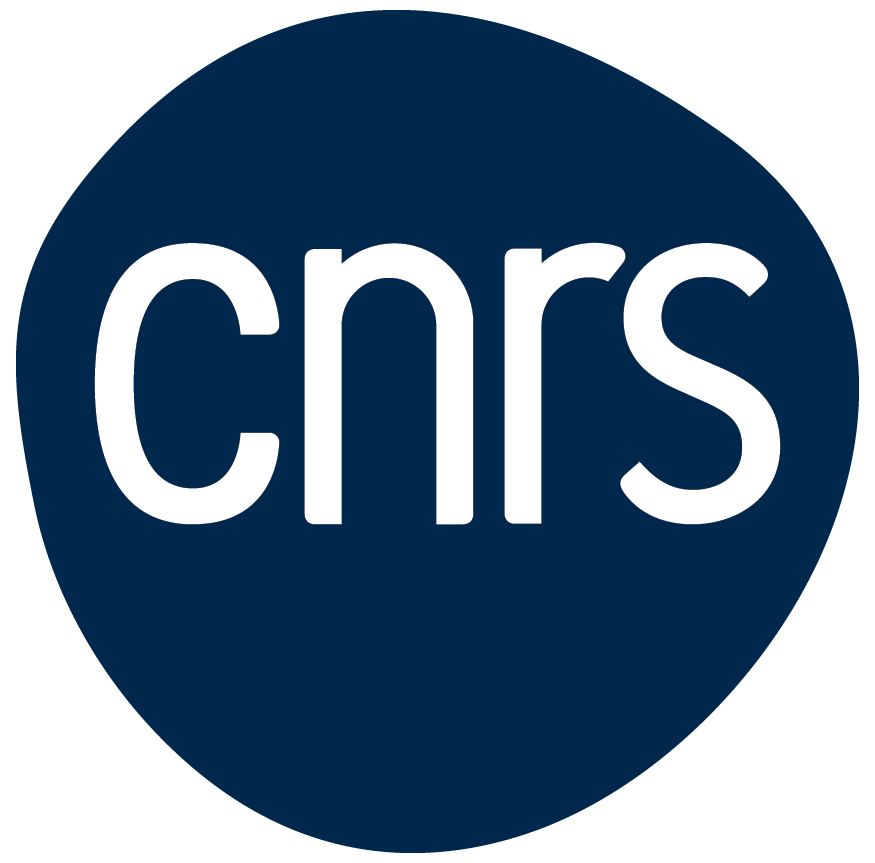Actualités
- Détails

ISTCT y était présente !
ISTCT a notamment présenté les effets leviers et structurants que le labex IRON a eu pour l’unité ainsi qu’une partie de ses travaux sur l’intérêt de l’imagerie de l’hypoxie pour les tumeurs cérébrales réalisés dans le cadre du labex IRON.
- Détails
Un article de l'unité vient d'etre publié dans Chemistry : a European Journal
High pressure promotes binding of the allosteric inhibitor Zn 2+-cyclen in crystals of activated H-Ras
Eric Girard, Pedro Lopes, Michael Spoerner, Anne-Claire Dhaussy, Thierry Prangé, Hans Robert Kalbitzer, Nathalie Colloc'h
Chemistry 2024 doi: 10.1002/chem.202400304

- Détails
Un article qui décrit les travaux sur les zéolithes effectués sous la direction des chercheurs Samuel Valable, DR CNRS (unité ISTCT, CNRS-Université de Caen-Normandie, Caen) et Svetlana Mintova, DR CNRS (unité LCS, CNRS-ENSICAEN-Université de Caen-Normandie, Caen) est paru dans le journal Le Monde daté du mercredi 10 avril 2024.
Des nanomatériaux pour traiter le glioblastome
- Détails
ISTCT est nominé vec le projet ZEOXY au concours « Etoiles de l’Europe en Normandie » dans la catégorie Recherche et Innovation .
La finale aura lieu le 4 Juillet 2024 au Palais des Congrés à Caen.
- Détails
ISTCT était présent au 14th World Meeting on Pharmaceutics, Biopharmaceutics and Pharmaceutical Technology à Vienne du 18 au 21 mars.
Yasmine Chokry a présenté un poster sur ces travaux de thèse :
NanoEmulsions combining fenofibrate and SPIONs for the treatment of glioblastoma
Y. Chokry, A.-C. Groo, O. Ben Hadj Hassen, C. Hélaine, K. Hervé-Aubert, S. Valable and A. Malzert-Fréon
.



 Français (France)
Français (France)  English (United Kingdom)
English (United Kingdom) 
